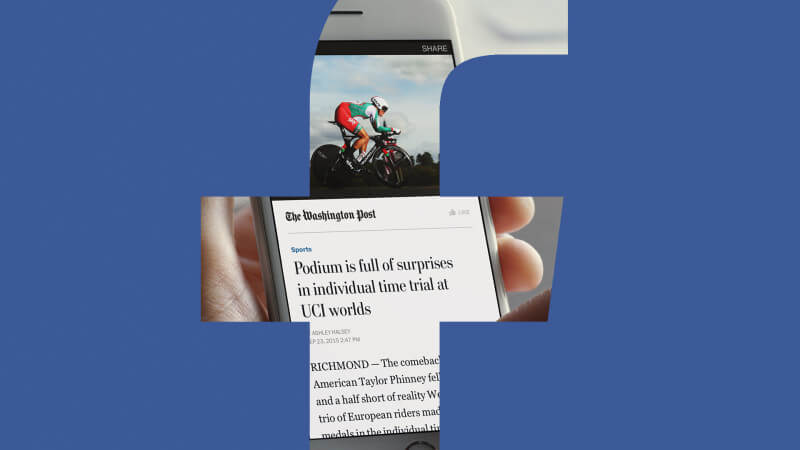
Ever since Facebook officially opened up Instant Articles to all websites last year, publishers, brands and other site owners have had to wrestle with how to make sure their sites’ regular pages could be converted to Facebook’s proprietary format, which becomes even more of a headache if those sites also support Google’s and Apple’s proprietary article formats. But now Facebook is making it easier for a site owner to manage all three formats — and making it more likely that, if sites use the tool, AMP pages and Apple News links will look more like Instant Articles.
On Thursday, Facebook rolled out a software tool for developers that will automatically convert an Instant Articles page to Google’s AMP format, and eventually, to Apple’s Apple News format.
If site developers adopt the tool, then Facebook’s, Google’s and Apple’s proprietary page formats may start looking more homogeneous, since developers will need to create the Instant Articles page first to be translated into an AMP and/or Apple News page. As a result, Facebook’s format could become more influential on its rivals’ versions.

A Facebook Instant Article (left) converted to Google’s AMP format (right). Source: Facebook.
For example, Facebook could introduce a content option that AMP and Apple News don’t yet support or vice versa, which could limit adoption by publishers that are automatically converting Instant Articles to the other two formats. Or Facebook could add rules dictating how many ads can appear on an Instant Articles page or where they may appear that conflicts with the rules for AMP and Apple News pages.
But for now, Facebook’s tool appears to play nicely with Google’s and Apple’s formats. Publishers can include code in an Instant Articles page that will override automatic conversions that Facebook would make to page elements like ads or analytics tags, according to the tool’s official documentation. And publishers will be able to export the style details of the pages they create using its Instant Articles Style Editor to AMP and Apple News.
“For example the custom formats, like fonts, colors and captions, that publishers have designed in the Style Editor, will be closely mirrored in the other formats,” according to a Facebook blog post announcing the tool.
About The Author

Popular Stories
